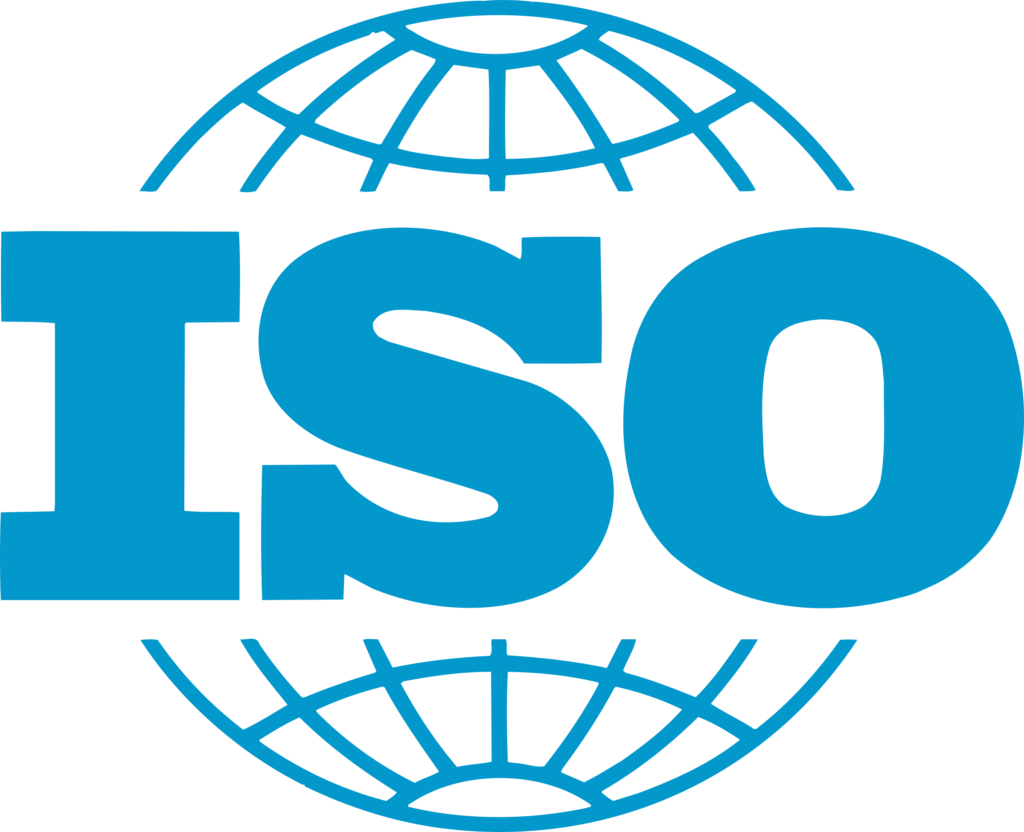Attrition rates explained
Simply put, an attrition rate is a rate at which employees depart an organisation. It essentially counts the number of people who depart, either voluntarily or involuntarily. It is frequently reported as a percentage and is one of the key data points that HR monitors to learn more about the state of a firm.
We at Clevry have already identified the many reasons employees leave their jobs. The reason for staff turnover rates ranges from simply wanting a change to feeling burnt out, underappreciated and not getting along with their manager.
Not holding on to employees is disruptive and costs companies money and time in trying to recruit a replacement. What’s more, high turnover rates can damage your company’s reputation, as potential customers may not want to do business with a company that can’t keep its employees from jumping ship.

5 employee retention strategies
According to Gallup, the cost of replacing an employee can be as much as twice the employee’s salary. In this article, we’ll discuss how implementing employee retention strategies can save you money, time and your reputation.
Utilise Psychometric Assessments
Psychometric tests can improve staff retention in the long run as they enable employers to judge which employees would be the best fit for current roles, promotions, and career advancement.
By measuring numerous psychological and behavioural abilities, organisations can learn more about a candidate’s qualities, values, and motivations than they might in a conventional interview.
What’s more, employers can get a good idea of a candidate’s natural abilities and personality attributes that might influence their job performance, ability to work as part of a team and their risk of burnout. Judging a candidate’s risk of burnout is essential in the effort to retain employees, as burnout is the reason over 1/3 of employees have quit their jobs.
View the output from Clevry assessments by downloading sample reports below.
Start employee retention efforts during the onboarding process
Thinking about employee retention during onboarding might seem premature. But, as the old saying goes, start as you mean to go on. By knowing the strengths and weaknesses of your new employee, you’ll get a better understanding of the training and support they’ll need while working for you.
At Clevry, we’ve devised an onboarding report providing guidance on how you can appeal to your new employee’s personal style, values and motivational drivers during the first few months with your organisation.
Provide ongoing training opportunities
According to Cengage Group, 83% of employees who left their job in 2021 did so because they felt they’d stagnated in the role.
This problem can be easily remedied by providing advancement opportunities through training and development. When businesses invest in continuous learning, employees are less likely to feel trapped in a dead-end job and will remain motivated and engaged. Spending a few hundred on training courses in the short run can save companies thousands in the long run.
Schedule regular performance reviews
Performance evaluations give your staff a chance to be recognised for a job well done or to draw attention to any areas that need improvement. Recognition and helpful criticism inspire people to get better. What’s more, performance reviews make staff feel like their voices are heard in the company and that their managers appreciate their hard work. Understandably, managers and CEOs are often too busy to give their staff feedback on a daily basis. Setting some uninterrupted one-on-one time goes a long way in building a relationship between the employer and the employee.
Create and maintain a positive work environment
In 2022, a survey revealed that the number one reason workers quit their jobs was due to a toxic organisational culture. If seasoned employees quit roles due to a hostile environment, a new starter who is less emotionally invested in the company is far more likely to quit sooner.
Thankfully it isn’t difficult to maintain a positive company culture. Creating strong teams by organising social activities is a good place to start. But remember, people also have things going on in their personal lives which could affect how they treat their workmates.
Promoting a good work-life balance is easy in today’s world of Zoom meetings and remote working. Giving individuals a chance to focus on their work in the comfort of their own homes will make their office days more fulfilling.
The Bottom Line
Employee retention is essential for company success, team morale and even your reputation. On the plus side, improving your attrition rates is easier than ever. Conducting psychometric tests during the interview stage, implementing retention efforts while onboarding a new staff member and keeping teams happy and working in sync can help you keep your employees working with you for many years to come.



